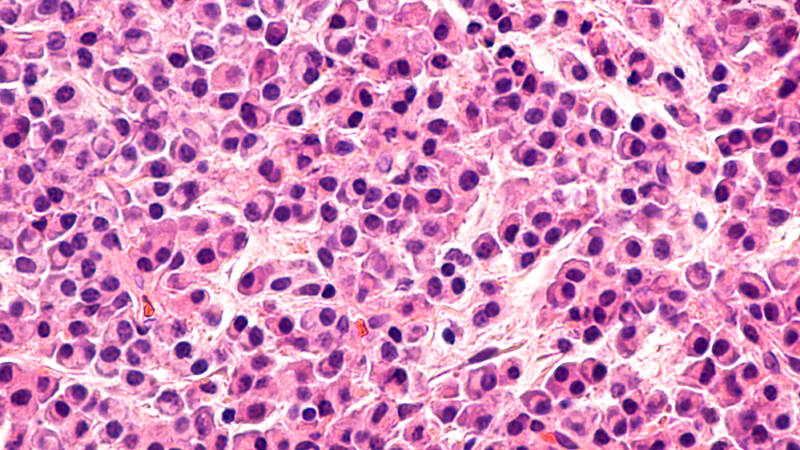What You Need to Know About Multiple Myeloma

Despite being a relatively uncommon type of cancer, new incidences of multiple myeloma have increased by approximately 126 percent between 1990 and 2016. This has led to a 94 percent increase in deaths around the world, with North America and Western Europe being among the worst affected countries. In fact, the National Cancer Institute estimates that there were 12,830 multiple myeloma-related deaths in the United States, last year alone.
What is Multiple Myeloma?
Multiple myeloma is a rare but aggressive form of cancer which affects plasma cells. Plasma cells are predominantly found in bone marrow and are a key component of the body’s immune system. When multiple myeloma occurs, plasma cells mutate and start to grow out of control. People with multiple myeloma frequently suffer from anemia, low platelets, and low white blood cell counts, as abnormal plasma growth prevents normal blood cell production. It can also cause brittle bones, kidney problems, and increased susceptibility to infections.
Causes and Risk Factors
In the United States, a person’s lifetime risk of developing multiple myeloma is approximately 1 in 132, or 0.76 percent. The disease occurs most often in people over 60 years old, with 70 being the average age of diagnoses. Other multiple myeloma risk factors include:
- Race – Myeloma is twice as likely to occur in black people than in white people.
- Gender – Men are slightly more likely to develop myeloma.
- Family history – Myeloma seems to run in some families.
- Other plasma cell diseases – Those with monoclonal gammopathy of undetermined significance or solitary plasmacytoma are at higher risk.
- Exposure to harmful chemicals or radiation – In particular, exposure to asbestos, pesticides, benzene, and certain herbicides increases myeloma risk.
Signs and Symptoms
Multiple myeloma can affect just about every bodily system and function. For this reason, the symptoms associated with the cancer can vary dramatically from one patient to the next. Some of the most common symptoms are:
- Bone problems – including pain, weakness, and frequent fractures
- Infections caused by low white blood counts
- Anemia – low red cell count which leads to tiredness, shortness of breath and dizziness
- Muscle weakness or numbness
- Hyperviscosity or thickening of the blood, resulting in confusion , dizziness, and stroke-like symptoms
Multiple myeloma can also cause dangerously high levels of calcium in the blood. If this happens, patients may experience:
- Extreme thirst
- Frequent urination
- Constipation
- Kidney problems
- Loss of appetite
- Weakness and fatigue
- Mental confusion
Treatment Options
Multiple myeloma may not warrant immediate treatment if symptoms have not yet developed. In fact, for many patients, starting treatment early on doesn’t seem to help them live longer. As the disease progresses, your doctor may employ a variety of treatment options to keep symptoms under control. These include:
- Immunotherapy
- Chemotherapy
- Corticosteroids
- Radiation therapy
- Surgery
- Bone marrow transplant
When to Speak to a Doctor
Contact a doctor to discuss your concerns if you are persistently experiencing any of the symptoms outlined in this article. It is especially important to do so if you fall into any of the high-risk multiple myeloma categories.